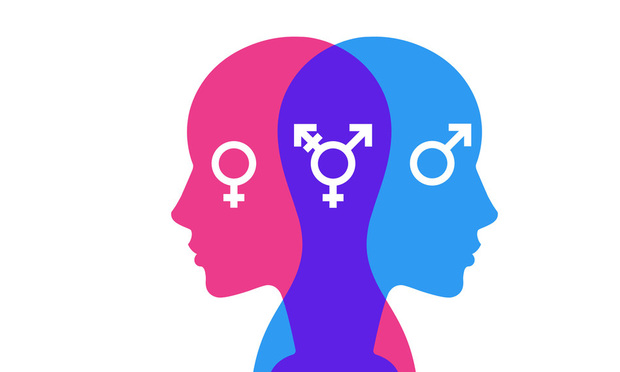 One challenge: There isn't sufficient data on nonbinary people to establish an auto insurance rate based solely on that population. (PlutusART/Shutterstock)
One challenge: There isn't sufficient data on nonbinary people to establish an auto insurance rate based solely on that population. (PlutusART/Shutterstock)
For decades, drivers who didn't identify themselves as male or female — known as nonbinary — have faced a problem: When applying for car insurance, they were presented with a form that asked them to identify their gender. Aside from the difficulty of feeling like their genders were not affirmed, there was also a chance that the gender they did select would affect the cost of their monthly premiums.
Recommended For You
Want to continue reading?
Become a Free PropertyCasualty360 Digital Reader
Your access to unlimited PropertyCasualty360 content isn’t changing.
Once you are an ALM digital member, you’ll receive:
- Breaking insurance news and analysis, on-site and via our newsletters and custom alerts
- Weekly Insurance Speak podcast featuring exclusive interviews with industry leaders
- Educational webcasts, white papers, and ebooks from industry thought leaders
- Critical converage of the employee benefits and financial advisory markets on our other ALM sites, BenefitsPRO and ThinkAdvisor
Already have an account? Sign In Now
© 2025 ALM Global, LLC, All Rights Reserved. Request academic re-use from www.copyright.com. All other uses, submit a request to [email protected]. For more information visit Asset & Logo Licensing.








